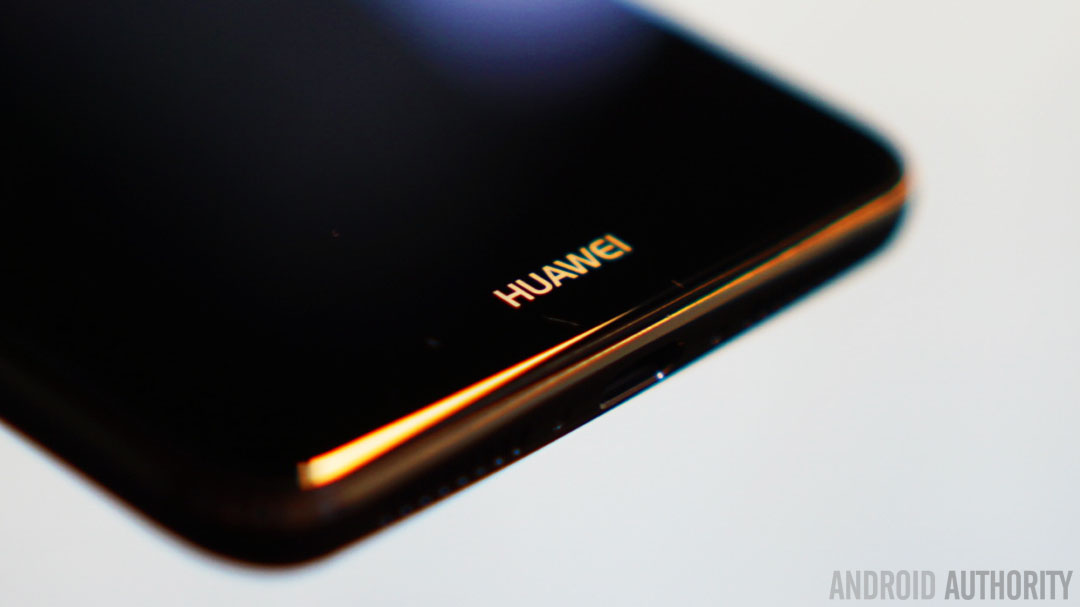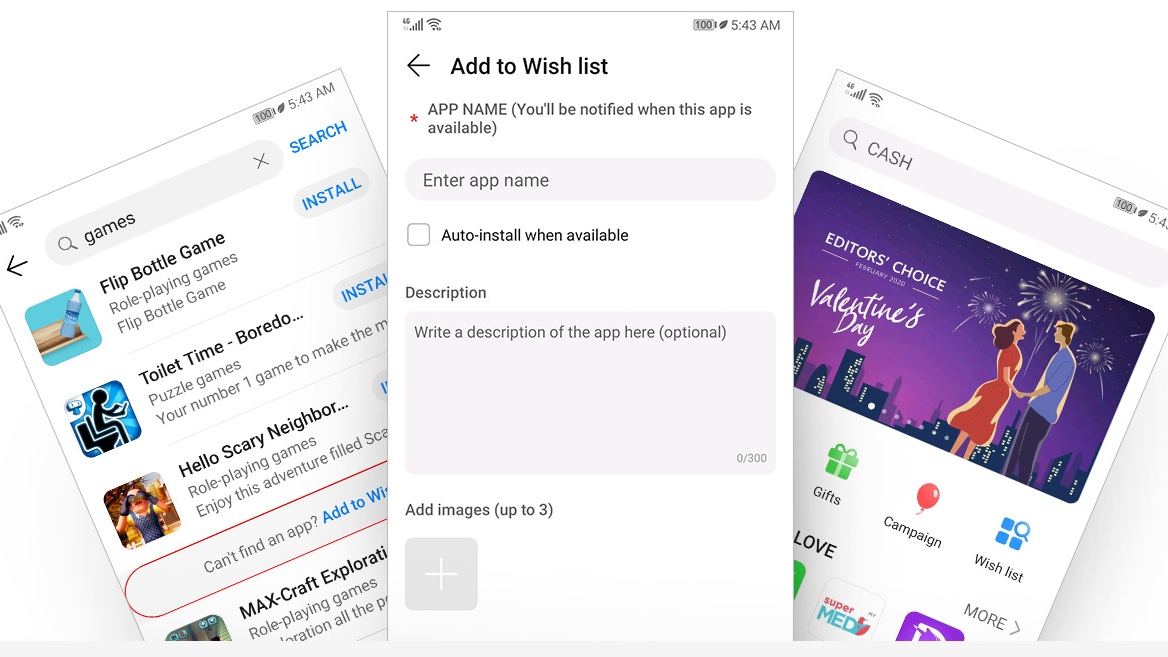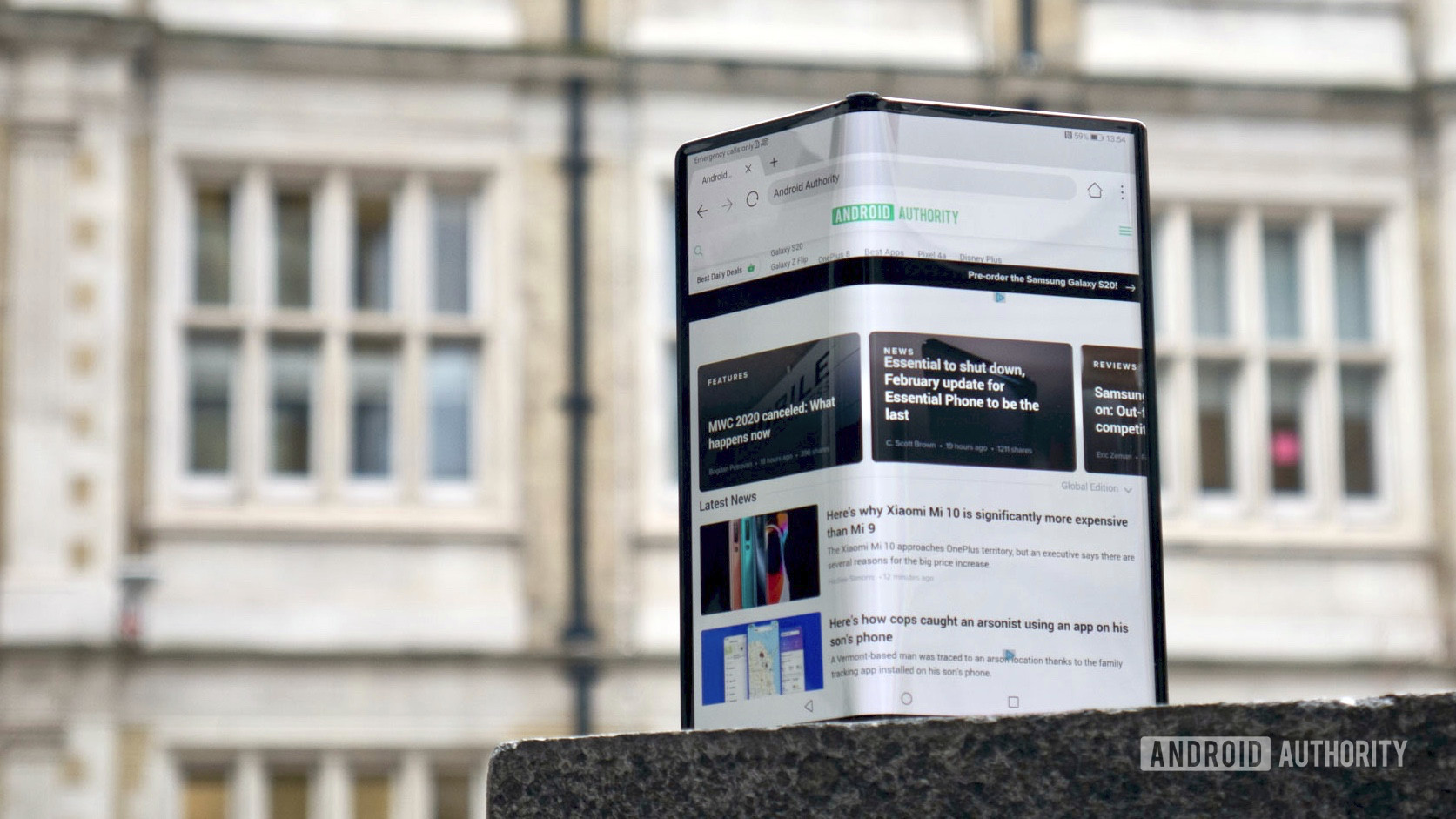What is HMS? All you need to know about Huawei’s new mobile ecosystem
By now, you probably know all about Huawei’s infamous US trade ban. The Chinese company cannot conduct business with most US firms, including Google, except on the basis of a restrictive temporary license which has been renewed several times since May 2019.
Given the circumstances, Huawei hasn’t been able to launch new phones with Google Mobile Services (GMS) since last year. Why does it matter? Well, GMS is the heart and soul of most Android smartphones in the market. It comprises dozens of Google apps, APIs, and cloud-based services, such as Google Maps, Google Drive, YouTube, Google Photos, Google Play Store, Google Chrome, and more.
Without GMS, Huawei phones not only miss out on these essential Google products, they also lack a number of other popular apps such as Facebook, WhatsApp, Instagram, etc. Plus, many other smaller apps depend on the infrastructure provided by Google through GMS.
Huawei’s only solution to combat the lack of GMS was to create its own competing platform — Huawei Mobile Services or HMS.
With the global launch of the Honor 9X Pro, Huawei Mate XS, and the Honor View 30 Pro, HMS is again in the spotlight and is ready to hit all Huawei phones, at least until the US trade ban is reversed.
So what exactly does HMS contain and what does it mean for your next Huawei/Honor smartphone purchase? Let’s dive in deeper to answer some of those questions.
What are Huawei Mobile Services (HMS)?
HMS is a platform from Huawei that replaces popular Google apps and services like Gmail, Maps, cloud storage, etc on your Huawei and Honor phones. HMS also provides third-party developers with tools and services for creating their own apps. With HMS, Huawei aims to do for its own ecosystem everything that Google does for users and developers in the mainstream Android ecosystem.
HMS has a user-facing component (AppGallery and other first-party Huawei apps and services) and a developer-facing component, called HMS Core. HMS Core is made up of various APIs, SDKs, and services that developers can use to create and improve apps.
Huawei Mobile Services has been around for years, but Huawei relaunched and expanded the platform following the US ban that deprived it of Google Mobile Services.
HMS is available on the global variants of the Honor 9X Pro, View 30 Pro, and the Huawei Mate XS, complete with the pre-installed AppGallery. These are phones that Huawei launched post-US ban. HMS is also available, alongside GMS, on many other Huawei models launched before the ban.
Huawei claims that HMS already has more than 570 million global monthly active users and that its App Gallery is available in 170+ countries. We expect all future Huawei phones, including the upcoming P40 series, to run HMS. Even if Huawei somehow gets access to GMS again in the future, it’s very likely that the company will continue to develop and promote HMS on its devices.
What does HMS contain?
On the user-facing side, HMS offers a bunch of services that aim to replace GMS. The most significant of them is the Huawei AppGallery, an alternative to the all-important Google Play Store. Below is a list of all the core services HMS has to offer. For the sake of clarity, we’ve created a separate section for the Huawei AppGallery at the end of this list.
Huawei ID
The first and foremost requirement of using HMS is a Huawei ID. Just like Apple ID or a Google account, Huawei ID lets you customize your Huawei devices. Some of your personal data, including contacts, message, Wi-Fi passwords, and such are synced to your Huawei ID.
Huawei Mobile Cloud
Huawei Mobile Cloud works in sync with Huawei ID to give you access to all your device data in one place. It’s essentially where things like photos, videos, contacts, calendars, notes, and more to are stored for backup. You get up to 5GB of cloud storage for free, after which you can purchase additional storage up to 2TB. If you want to access your Huawei cloud data on a PC, you can head to cloud.huawei.com to see your entire backup.
Huawei Assistant
The global variants of the Honor 9X Pro, Huawei Mate XS, and Honor View 30 Pro are all equipped with the Huawei Assistant, a virtual assistant that replaces the core functions of the Google Assistant. It facilitates information search and apps accessibility. It also has a SmartCare feature that provides access to contextual cards for stocks and sports, covering 150 sporting events and more than 150 stock markets. All upcoming devices running EMUI 10 or above will come equipped with the digital assistant.
Huawei Themes
Huawei Themes is HMS’ theming app. It basically lets you personalize your phone with various themes, fonts, icons, locks screens, and wallpapers.
Huawei Music
This is the company’s own music streaming service. Huawei hasn’t really said much about it till now and it might not be available on all devices globally right now. However, an official page for the service tells us that it’ll house music from popular artists just like any other music streaming app. It’ll also divide music according to different genres, moods, regions, and more. A party mode feature will let users play the same track simultaneously on different mobile phones for a shared listening experience.
Huawei Video
The Huawei Video streaming service is available on Huawei and Honor devices running EMUI version 5 or higher. It currently only works for those who have Huawei IDs registered in Italy or Spain. The service features European and Spanish TV series, short videos, sports videos, documentaries, and movies.
Huawei Browser
The Huawei Browser is what the name says: a tool to surf the internet. The browser also comes with an integrated newsfeed and features a Dark Mode for ease of use.
Huawei AppGallery
The Huawei AppGallery replaces the Google Play Store on Huawei and Honor phones. Huawei has invested upwards of a billion dollars to create apps for the AppGallery, which, according to the company, has already amassed a user base of 400 million monthly users. We’re not sure how Huawei came up with these numbers and if they’re actually legit. No third-party research organization has verified Huawei’s claims so far, so it’s best to take those numbers with a grain of salt.
Related: Google warns against sideloading its apps on Huawei devices
The AppGallery has been around for a while. However, it still doesn’t have a bunch of popular apps, putting it nowhere near the Google Play Store or even Apple’s App Store.
Currently, it segments applications across 18 different categories, including news, social media, entertainment and more.
So just which popular apps can you find on the AppGallery?
Well, for now, you can find big names like Snapchat, TikTok, Deezer, Amazon, Amazon Prime Videos, Booking.com, The Financial Times, BBC News, and more on the Huawei AppGallery. It also has some popular mobile games onboard.
Sadly, apps like Facebook, WhatsApp, Instagram, Netflix, Messenger, and more are still absent from Huawei’s app store. However, we hear that at least some of those are will make it to AppGallery soon.
Obviously, there’s no YouTube, Gmail, Google Photos, Google Maps, Drive, etc. These apps would probably not be available on Huawei phones until the US ban remains is lifted, provided Google would even want to publish them on Huawei’s competing app store.
On the upside, Huawei says that if users can’t find an app on the AppGallery, they can submit the desired app name to a Wishlist. Once that app becomes available, the user who submitted it via Wishlist will get notified.
A noteworthy feature of Huawei’s AppGallery is something called Quick Apps. Much like Google’s Instant Apps, these are installation-free apps that consume very little memory but work like native apps. Huawei says users can have more than 2,000 Quick Apps in place of 20 native apps with just 1GB of space. We don’t really know which apps are available in the form of Quick Apps, but the company claims that there are 1,700 of them released so far and more are on the way.
Besides developing its own AppGallery, Huawei is also reportedly working with Xiaomi, Vivo, and Oppo to develop a unified app uploading service that would make it easier for developers to distribute their apps to users of the four OEMs. Not much is being said about this initiative right now so it might be a while before it goes official.
Read: Don’t underestimate the Chinese app store alliance
Meanwhile, if you’d like to try out the Huawei AppGallery, you can download it from here.
HMS Core: The behind-the-scenes action
When it comes to HMS, a lot is going on at the developer side of things.
HMS includes a set of developer services called HMS Core. These include tools for location tracking, sign-ins, in-app purchases, ads, face detection, text recognition, and more. Developers can use these core services as well as other APIs and SDKs provided by Huawei to create applications for HMS.
Huawei built its own version of important APIs that developers would otherwise rely on GMS for. Without these APIs, a number of Android apps would simply not work on Huawei phones. (This is why some Google apps can be sideloaded on Huawei phones but don’t actually work.)
Back in December, Huawei promised developers that, if their app exists on the Play Store, it will take them less than 10 minutes to port it over to HMS. The company has hundreds of APIs available across a number of dev kits that’ll help developers create apps for HMS.
Besides providing developers with the necessary tools, Huawei also incentivises them with cash to port their apps to HMS. The company is reportedly working with developers in every market to ensure that top Android apps are preinstalled on Huawei phones.
It’s evident that Huawei still has a long way to go before its services can truly compete with those from Google.
HMS will also be a learning curve for users who have become comfortable with Google’s products over the years. Unfortunately, Huawei can’t really do much under the circumstances, except for expanding its own ecosystem. Hopefully, it’ll become stronger over the next few months and years or, in a perfect world, their troubles will end and GMS will once again be allowed in Huawei phones.
We will update this article as and when Huawei adds more features and services to HMS.
More posts about Huawei
from Android Authority https://ift.tt/2TcJlvZ

















No comments: